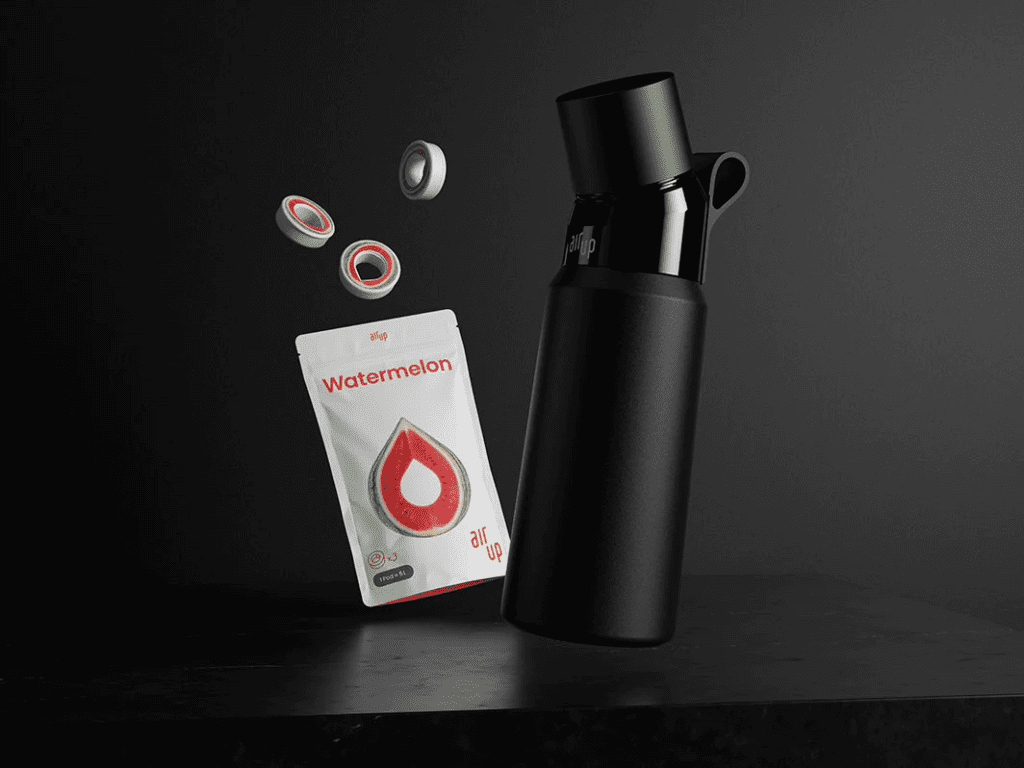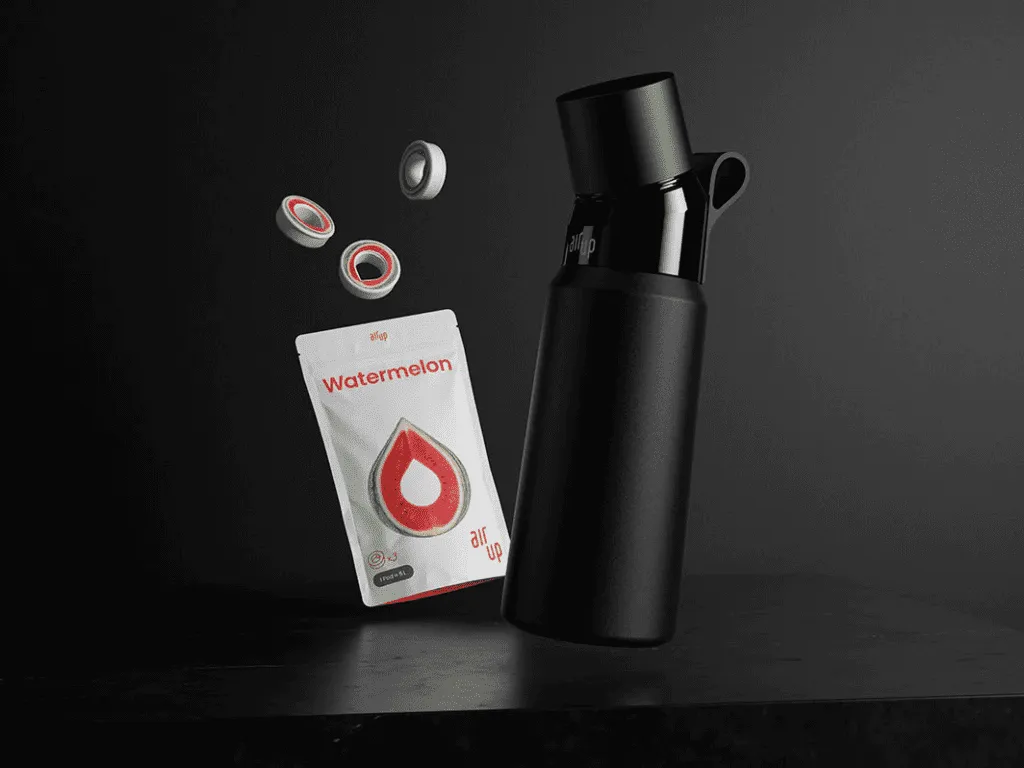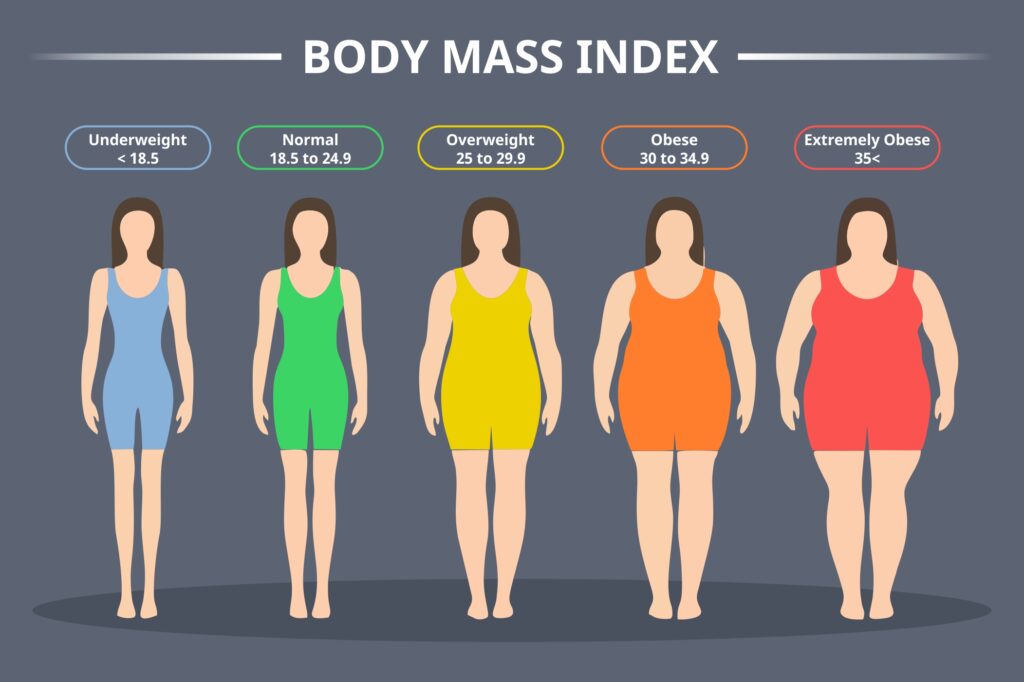10 Tips for Successful Weight Loss : Choose Nutrient-Rich Foods, Keep Track of Your Diet, Stay Active, and More
Weight loss isn’t just about cutting calories; it’s about adopting a balanced lifestyle that supports long-term health. With nearly 40% of U.S. adults grappling with obesity, it’s clear that effective weight management is more crucial than ever for overall well-being.
Here are 10 actionable tips to guide you on your Successful weight loss journey:
1. Choose Nutrient-Rich Foods
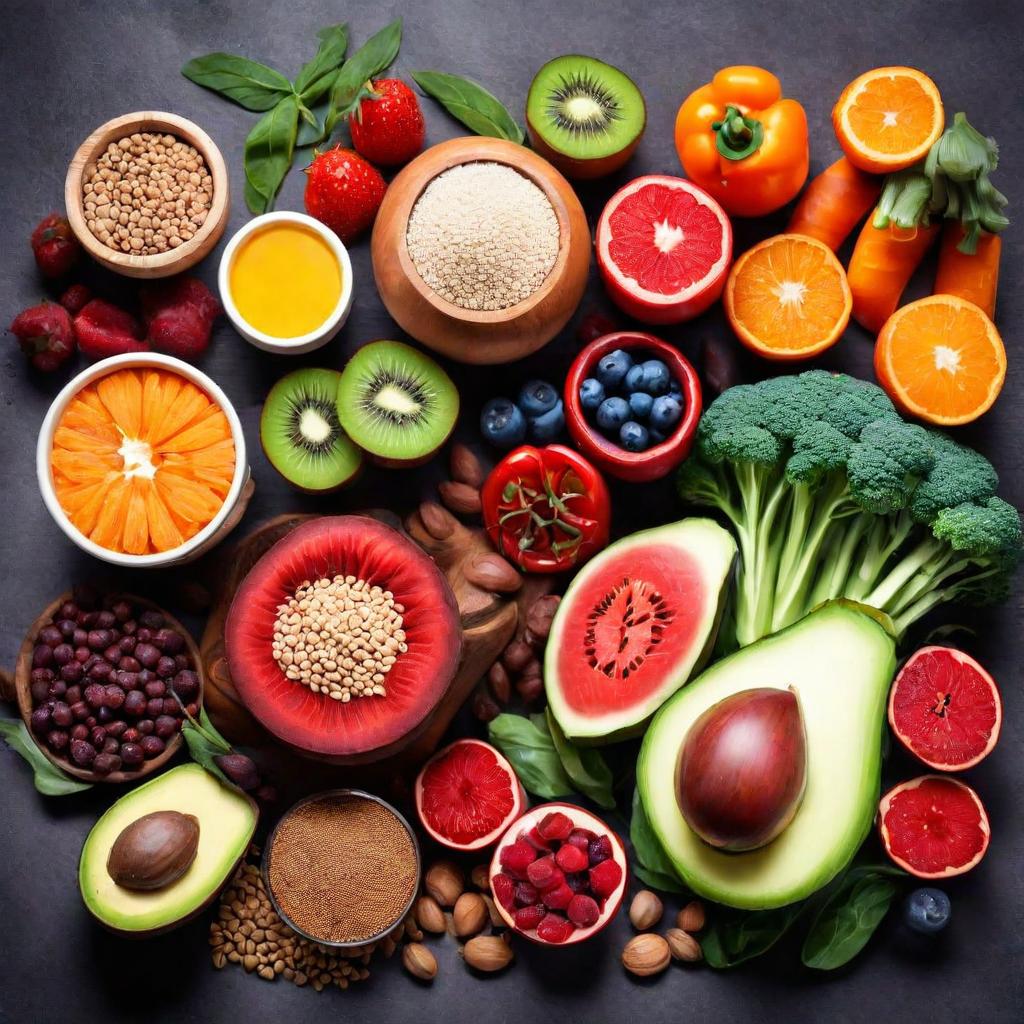
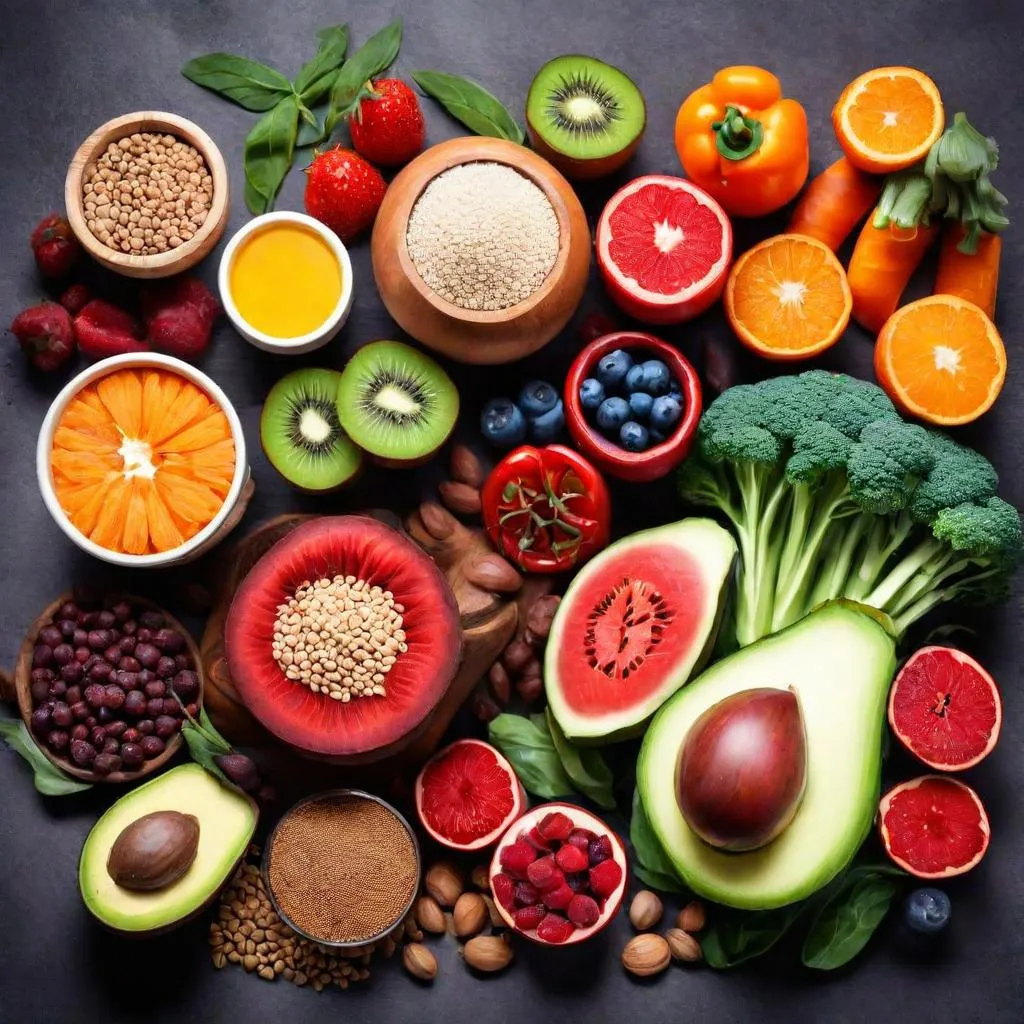
Your meals should be a colorful mix of fruits, veggies, whole grains, and lean proteins. Aim for a plate that’s half fruits and veggies, a quarter whole grains, and a quarter protein. Also, aim for 25-30 grams of fiber daily. Swap out trans fats for healthier options like monounsaturated or polyunsaturated fats found in nuts, seeds, and fish.
The following foods are nutritious and packed with essential nutrients:
- Fresh fruits and vegetables
- Fish
- Legumes
- Nuts
- Seeds
- Whole grains like brown rice and oatmeal
Foods to avoid :
- Foods with added oils, butter, and sugar
- Fatty red or processed meats
- Baked goods
- Bagels
- Processed foods
- White bread
2. Keep Track with a Food and Weight Diary
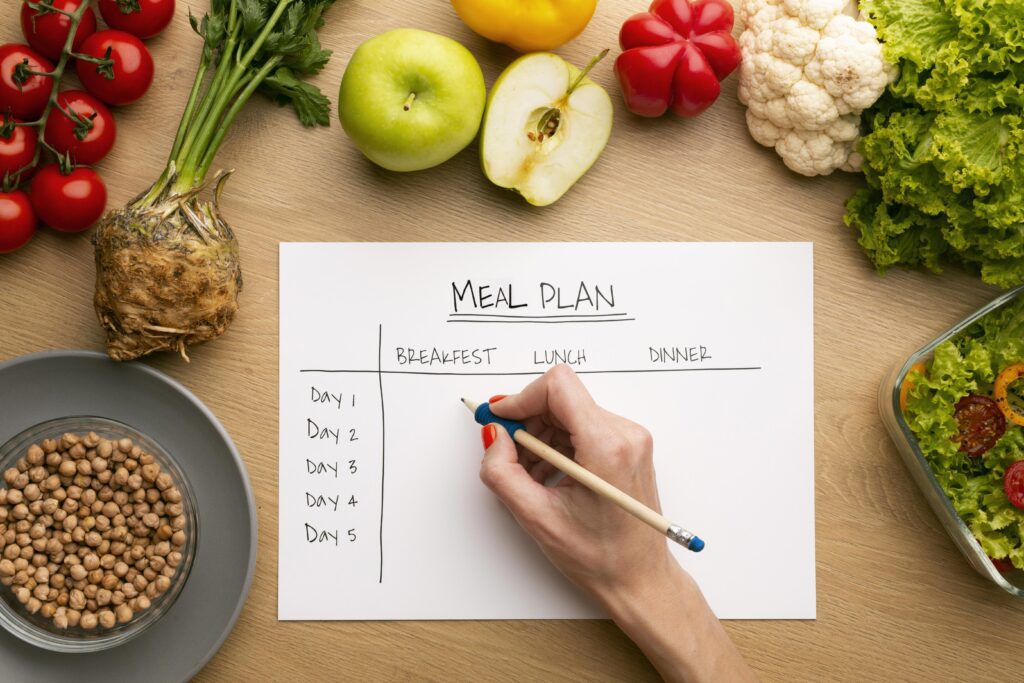

Consistency is crucial for successful weight loss. Maintaining a food and weight diary helps you stay accountable and monitor your progress. It’s a simple yet effective way to monitor what you eat and how your weight changes over time.
People can also monitor their BMI using a BMI calculator.
3. Get Moving Regularly
Physical activity is vital for overall well-being, both physically and mentally. Aim for at least 150 minutes of moderate-intensity exercise each week. If fitting in an hour daily seems challenging, split it into shorter bursts throughout the day. Begin with light activities such as walking, gardening, or dancing, and progressively boost your intensity.
For beginners or those daunted by full workouts, here are some simple activities to boost exercise:
- Taking the stairs
- Walking a dog
- Playing outdoor games
- Cycling
- Swimming
- Jumping rope
4. Watch Your Liquid Calories


Liquid calories from sugary drinks, alcohol, and even some juices can add up quickly. Stick to water, unsweetened tea, or black coffee to stay hydrated without the extra calories. If you need some flavor, try adding a splash of lemon or orange to your water.
5. Measure and Control Portions
Portion control is crucial for weight loss. Use measuring cups and guides to ensure you’re eating appropriate serving sizes. Visual aids like comparing a serving of meat to a deck of cards or a half cup of rice to a tennis ball can be helpful when dining out.
6. Practice Mindful Eating
Stay mindful during meals, tuning into your hunger and fullness signals. Eating slowly and enjoying each bite can make you feel fuller with less food. Consider questions like, “Is this meal worth the calories?” and “Are these ingredients nutritious?” to make healthier choices.
7. Control Your Environment
Be mindful of triggers that lead to mindless eating. Whether it’s TV commercials, candy bowls at work, or social gatherings, identify and minimize these cues to help you stay on track.
8. Plan Ahead
Stock your kitchen with healthy foods and plan your meals in advance. This helps you avoid making impulsive, unhealthy choices when hunger strikes. Planning can also make dining out or attending social events easier and more enjoyable.
9. Seek Support
Discuss your weight loss journey with friends, family, or a support group. Having a strong support system can make a world of difference when you’re trying to lose weight. Whether it’s joining an exercise class or participating in a weight loss challenge, find what works for you.
10. Stay Positive and Persistent
Weight loss involves both setbacks and triumphs. Stay motivated even if you don’t see quick results. Celebrate your small achievements and adjust your goals as you go. A positive attitude and persistence are essential for lasting success.
Conclusion
Successful weight loss is achievable with the right mindset and lifestyle changes. Focus on creating a negative energy balance by consuming fewer calories and increasing physical activity. Aim for a realistic weight loss goal of 5-10% of your body weight over 6 months. Remember, it’s about progress, not perfection.
If you’re unable to exercise due to an injury, consider alternative activities like chair exercises or resistance band workouts. And always prioritize a balanced diet rich in nutrient-dense foods, portion control, and hydration.
By adopting these tips and making them a part of your daily routine, you’ll be well on your way to achieving and maintaining a healthy weight.
FAQ’s
Que: How many calories should I eat per day to lose weight?
Ans : Aim for a calorie deficit of 500-1000 calories per day for a weight loss of 1-2 pounds per week. Consult a healthcare provider for personalized advice.
Que : Can I lose weight without exercising?
Ans : Yes, weight loss is possible through diet alone, but combining diet with exercise often yields better results.
Que : What are healthy snack options for weight loss?
Ans : Choose fruits, vegetables, nuts, seeds, yogurt, and whole-grain crackers as healthy snack options.
Que : How do I avoid weight regain after losing weight?
Ans : Maintain healthy eating habits, practice portion control, stay active, and monitor your weight regularly.
Que : Are weight-loss supplements effective?
Ans : Many weight-loss supplements lack scientific evidence for effectiveness and safety. Prioritize diet and exercise for lasting weight loss.
Read more :


